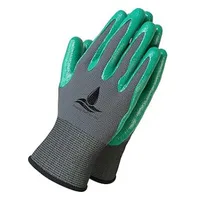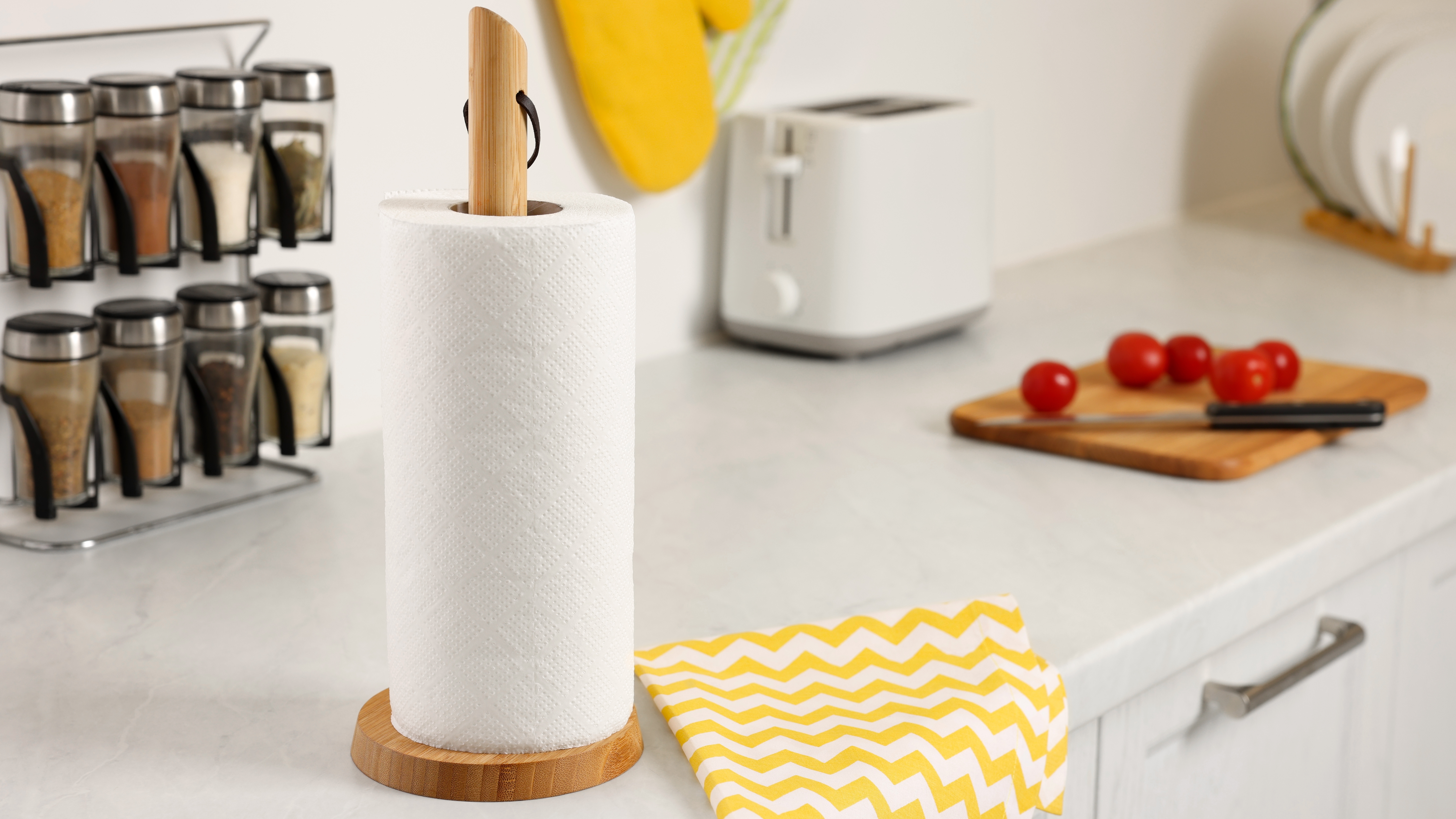The 7 best plants for neat yet low-maintenance hedges
Natural fencing that (mostly) looks after itself
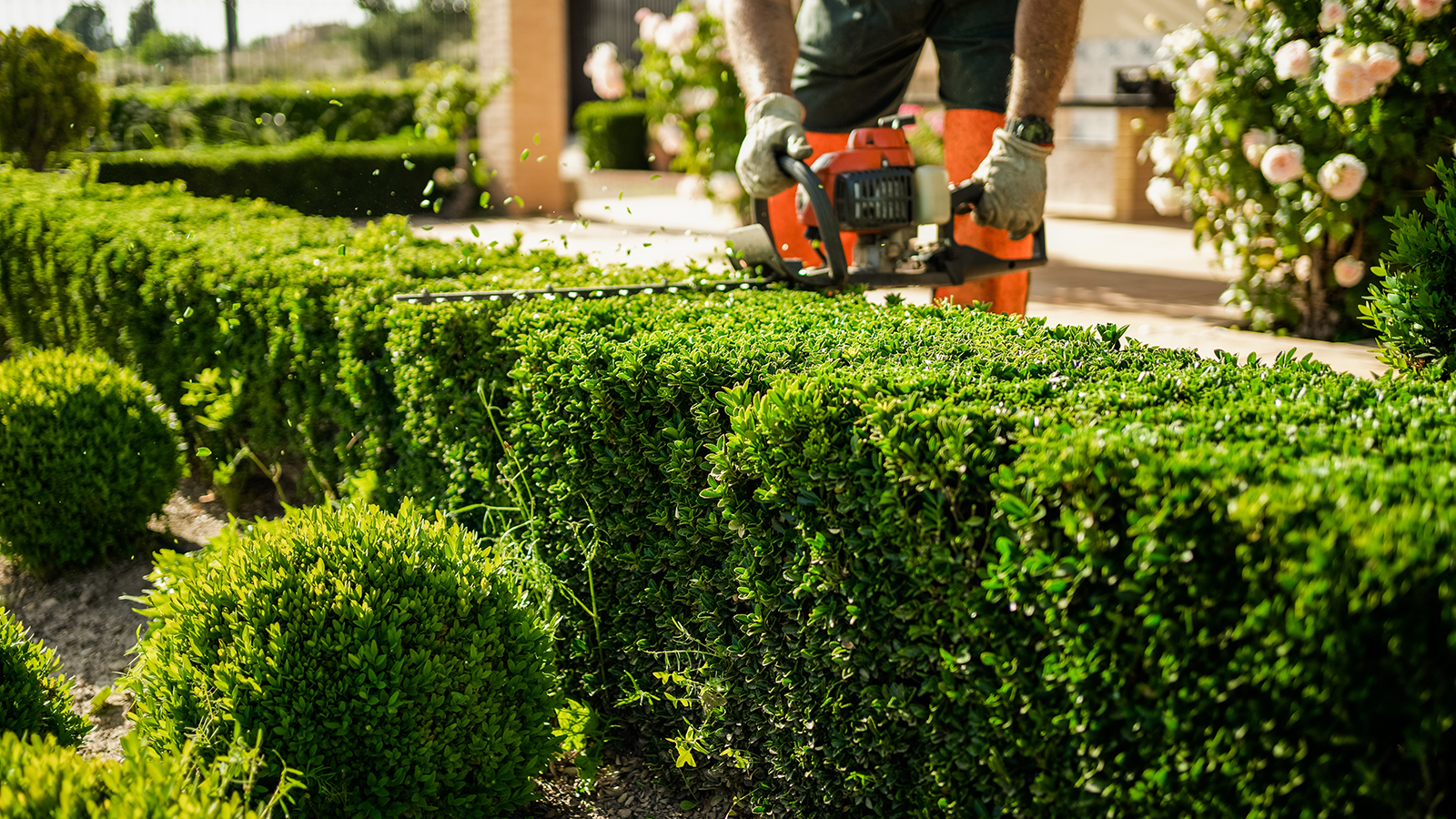
There are many ways to create a barrier in the garden, but hedges offer a more natural and vibrant option than classic fencing.
A hedge can be made of any close-growing shrubs or bushes that form a dense barrier, so there is a wide mix of colors and flowering species to choose from. While the word “hedge” may bring to mind a specific image of blocky, dense, dark green foliage, gardeners today are creating hedges out of all kinds of plants.
This freedom enables you to find a look that complements the rest of the garden’s aesthetic, while still offering practical function.
How to choose
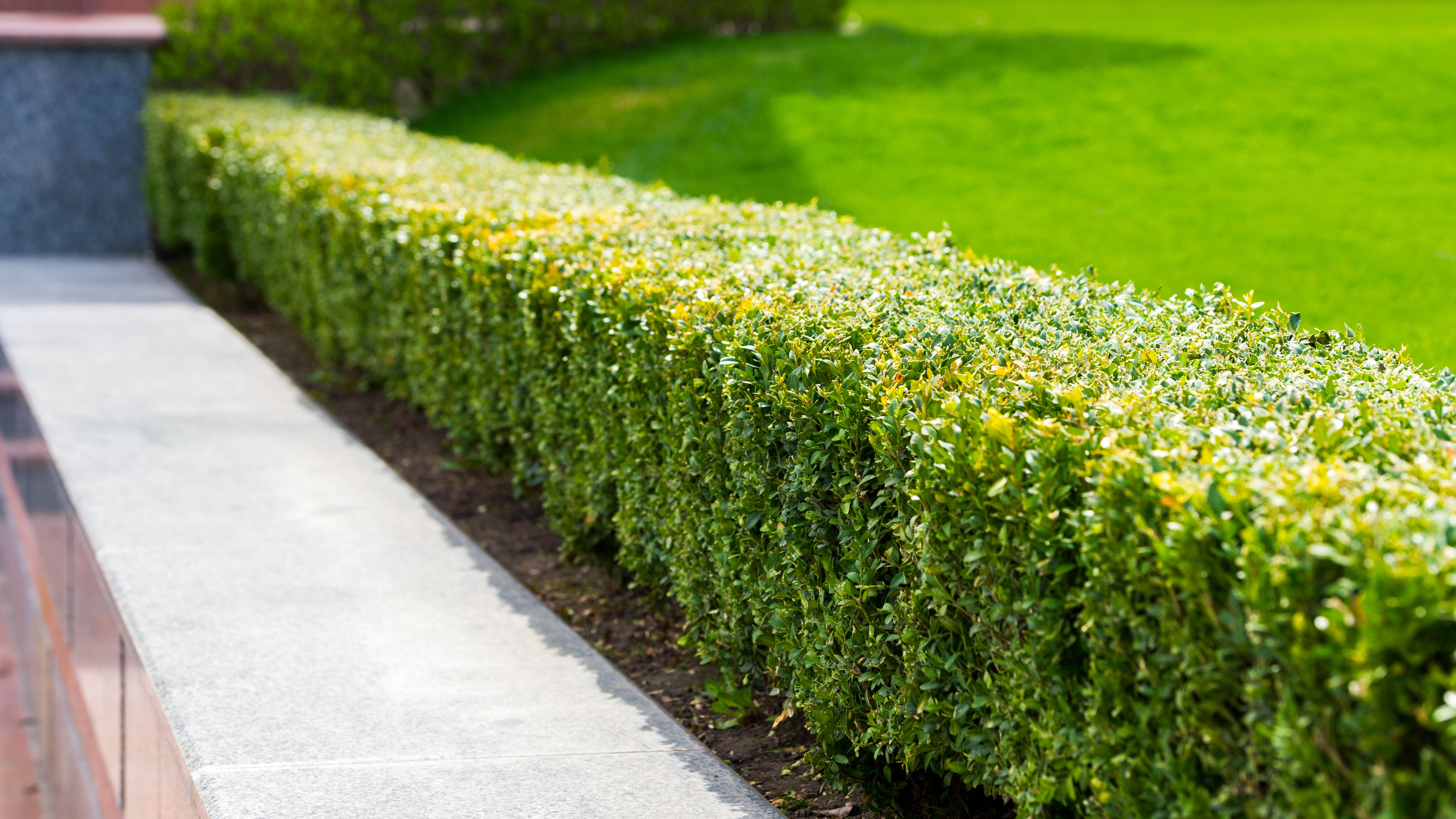
Beyond the look of the hedge, maintenance should be top of mind. A good hedge will form a thick enough screen to act as a privacy barrier, but should also look neat and tidy.
While some shaping and pruning is unavoidable, the best hedge shrubbery won’t demand a regular haircut. Instead, it’s important to look for species that don’t grow too tall or too quickly, giving you more flexibility in your care schedule. Plants that grow outwards rather than upwards are less obvious when overgrown, while denser species will provide greater coverage early on.
Flowering or fruiting species can add more dimension and novelty throughout the year, but an evergreen canvas can provide a consistent backdrop if that’s more your style.
Here are 7 different options that cover various aesthetics, while all fulfilling the brief of low maintenance hedging:
Get instant access to breaking news, the hottest reviews, great deals and helpful tips.
1. Holly
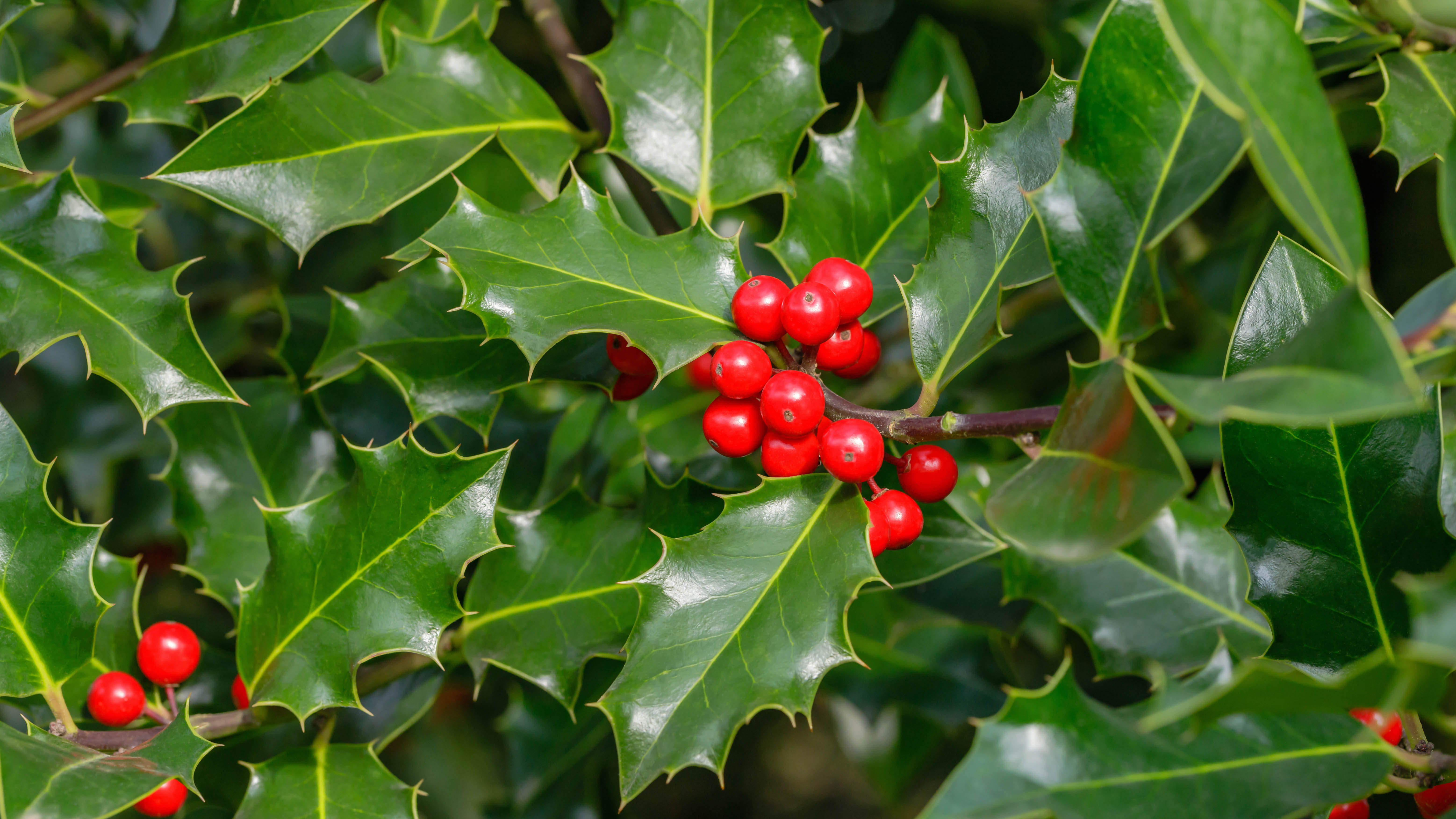
One of the most classic varieties for a hedge, holly is easily recognized for its dark glossy leaves and their sharp edges.
During the winter months, holly forms vibrant red berries that can add much needed color to the garden during a mostly dormant period. The plant’s spiky leaves create an effective physical barrier, as does its dense foliage and sturdy build.
There are several species of holly, including both English and American varieties; English holly is more suited to warmer US zones, while American holly can handle cooler climates. You can choose between deciduous or evergreen varieties and also look for specific types that are known for requiring less pruning than usual, such as the smaller inkberry or yaupon holly.
Inkberry is a particularly versatile shrub that can thrive in various soil types and is a native American species that is popular with both birds and butterflies.
2. Choisya
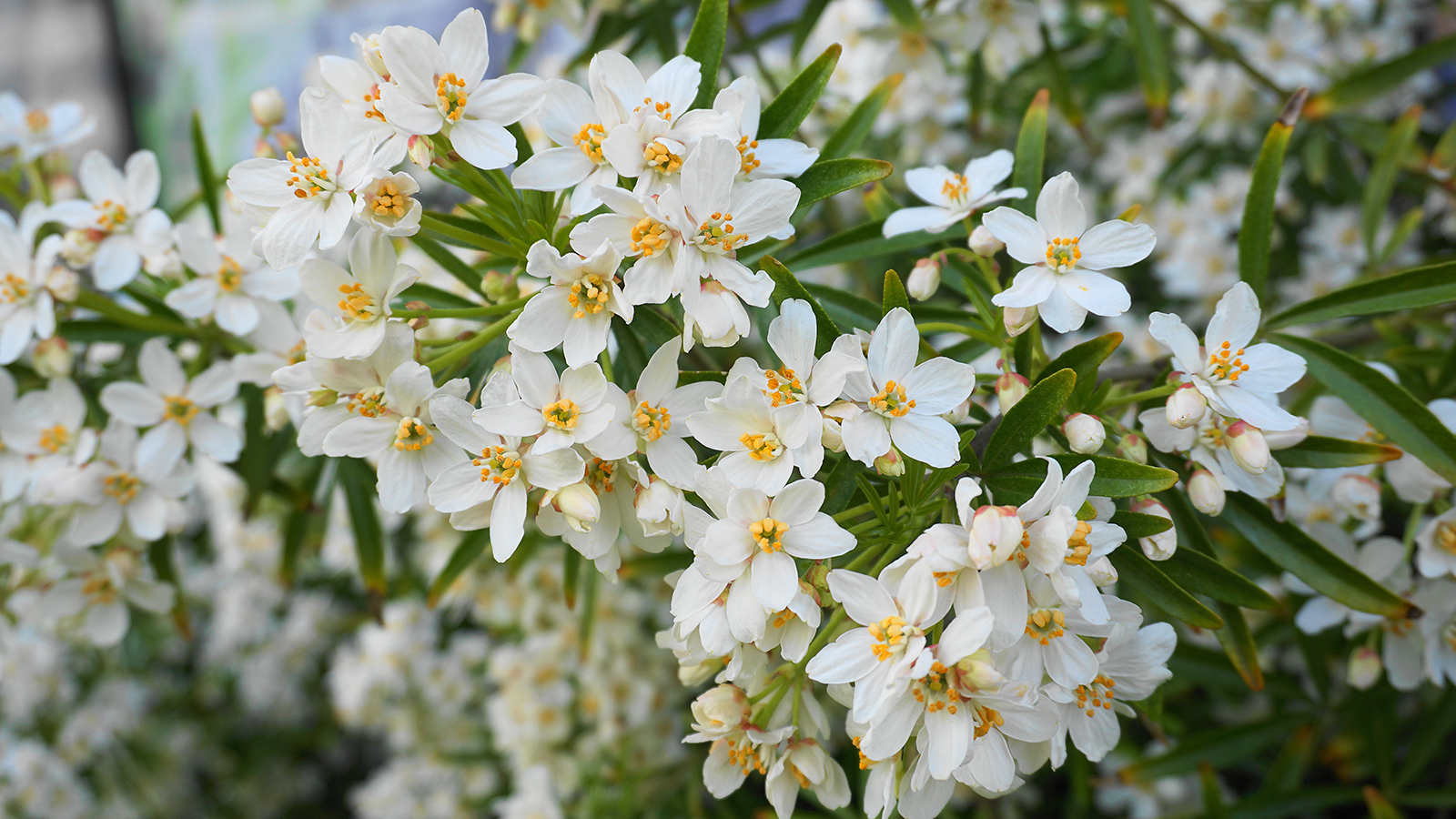
These garden gloves are made of nylon and nitrile and come in three sizes — small, medium and large. They offer excellent non-slip properties, are comfortable around the wrist, breathable and machine washable. At Tom's Guide, we recommend them as the best overall gardening glove.
Choisya combines the thick sturdiness of a hedge with the gentle prettiness of small flowers. Year-round, the shrub features glossy and richly colored green leaves that are gently rounded in shape and softly aromatic.
Every spring and fall, the hedge becomes adorned with a thick sprinkling of tiny white flowers, which have a lovely citrusy scent.
Choisya is popular for its ability to thrive in various conditions, since it is drought-tolerant and suited for both full sun and partial shade. At its largest, the hedge reaches approximately 6 feet in height, allowing it to form a substantial wall that is still somewhat delicate.
Some pruning will be needed to maintain a clean shape, but choisya is generally quite low maintenance and reliable in various growing zones, although it does prefer a milder winter.
You may also see choisya listed under the name “Mexican Orange.”
3. Yew
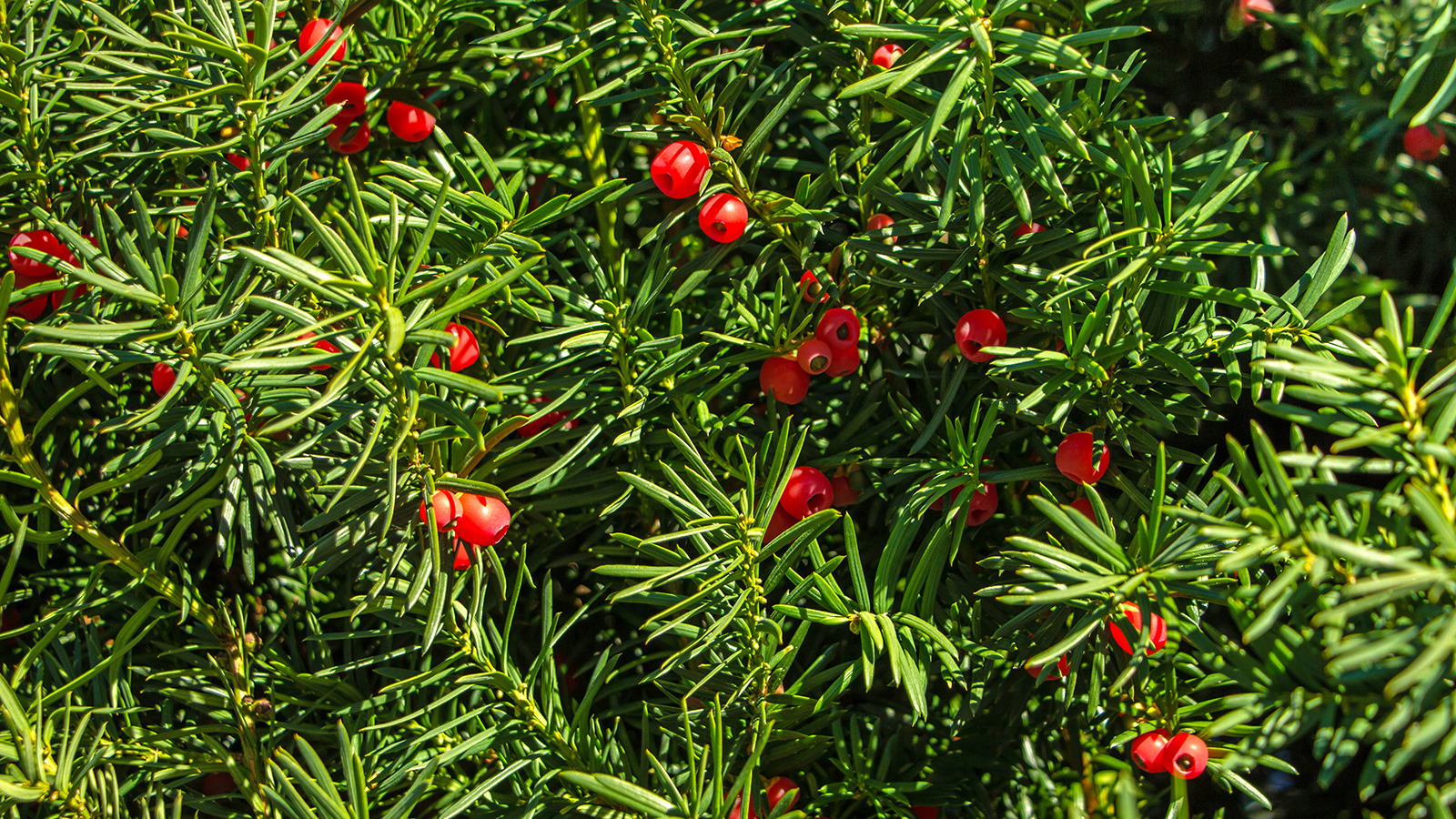
For another traditional green hedging option, consider the yew. Available in many different varieties, yew is a bushy, evergreen tree that grows upwards into an impressive natural wall.
This makes it ideal for larger spaces that need a more substantial barrier. In fact, if left to grow unchecked it can reach nearly 50 feet in height, so it is important to hard prune each year. However, yew grows slowly so gardeners won’t need to worry if they skip pruning here and there.
Aside from this annual maintenance, a yew hedge is easy to care for and it’s notably pest- and disease-resistant. Although the leaves are fine and needle-like, the density of the foliage means that yew is still able to quickly form an effective barrier. In the winter, it produces pretty berries that add some color and contrast to the foliage.
When planting, make sure that the soil is well-draining to ensure happy, healthy growth.
4. Osmanthus
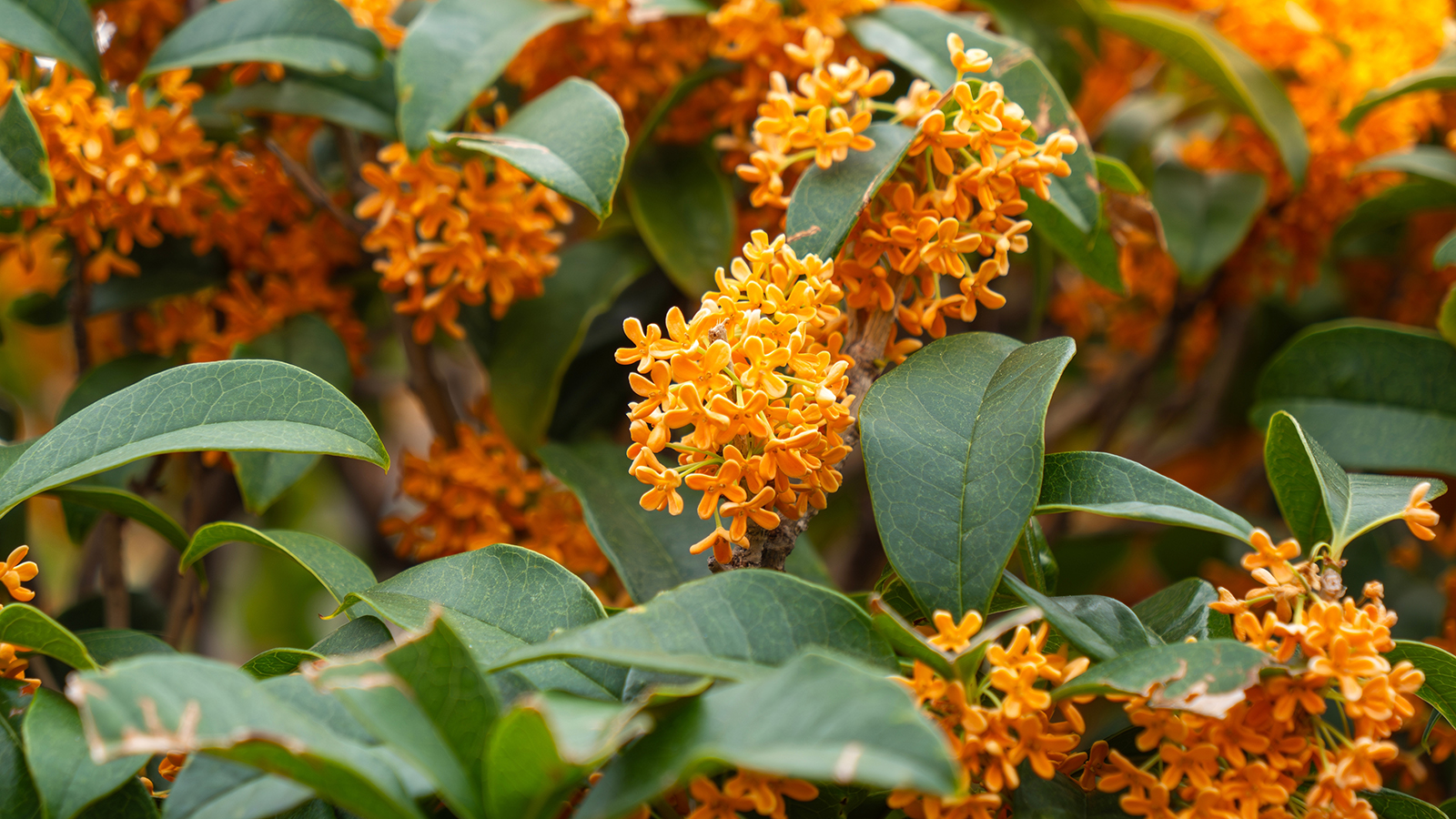
With similar leaves to holly but a much more showy display of flowers, osmanthus offers a lot of versatility.
The leaves are evergreen and somewhat leathery to the touch, forming a substantial barrier that grows slowly and surely. Pruning can be minimal, since osmanthus naturally grows in a somewhat confined way.
Another hardy variety, osmanthus can thrive in both full sun and partial shade and enjoys the US growing zones of 7 through 10.
Every spring, the hedge will erupt in a crowd of pretty white blooms that are star-shaped and pleasantly fragrant, adding a little something extra to the natural privacy screen. The Burkwood variety is particularly favored for its easy going nature and low maintenance needs.
If you’re looking for a little more excitement and spring blooming than the classic holly bush, osmanthus offers a great alternative.
5. Arborvitae
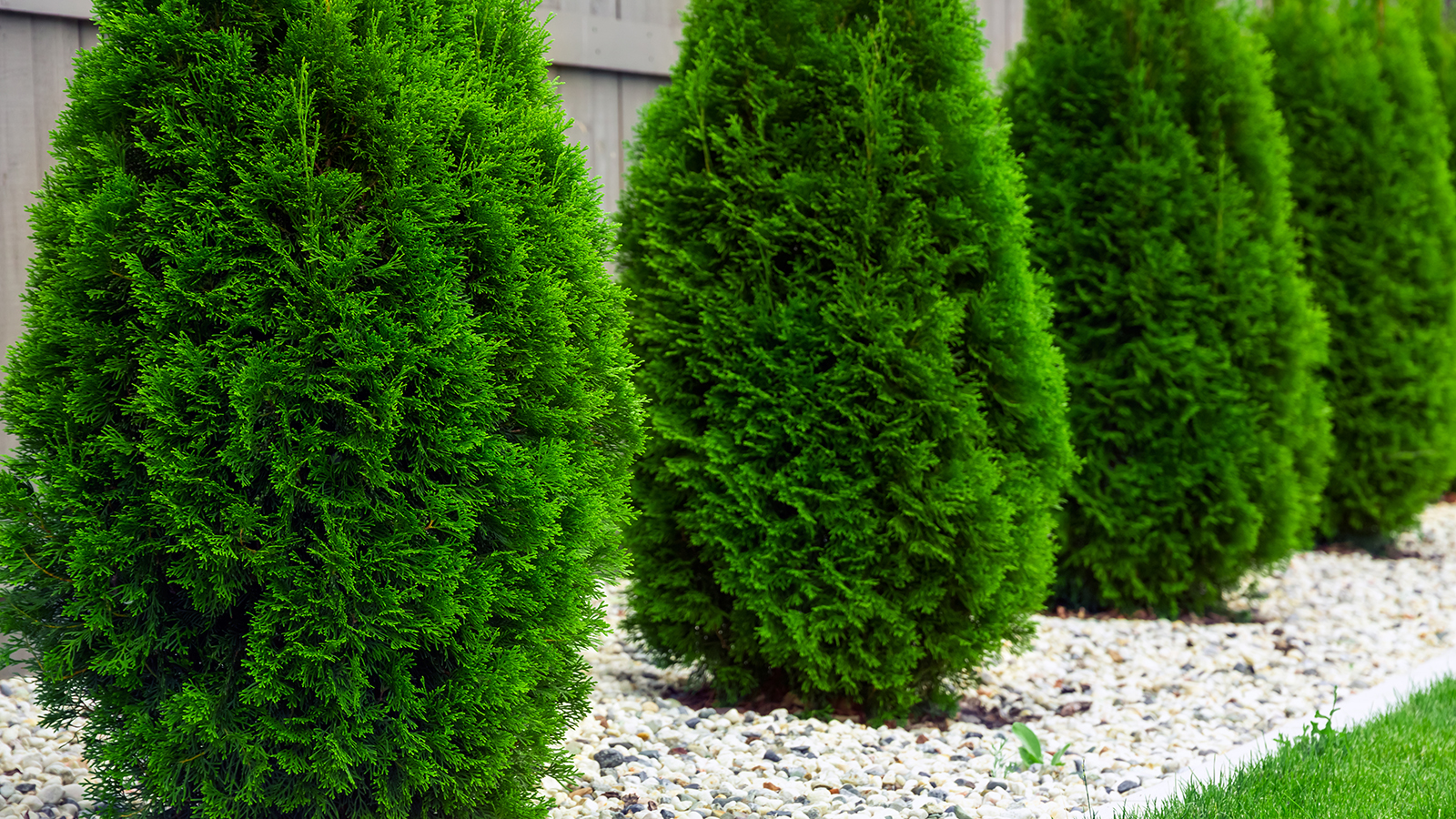
To create the effect of topiary without the excessive shaping and pruning, look to arborvitae.
This is an evergreen shrub native to North America that grows upwards in an ovate shape, forming graceful pillars with little shaping needed. When placed close together, this results in a very effective and stylish green wall that has a bit more character to it than the average block hedge.
It’s also especially hardy, suitable for growing in zones 2 through 7 and in both full sun and partial shade. The foliage is thick, textured and densely packed together, making it a wonderful choice for anyone who prefers complete privacy.
The foliage is thick, textured and densely packed together, making it a wonderful choice for anyone who prefers complete privacy
Arborvitae won’t produce any flowers or berries, but that is to some people’s tastes; you are guaranteed a consistent and even green backdrop at all times of year.
The shrub is also strong enough to withstand strong winds, creating an effective shelter within.
6. Hydrangeas
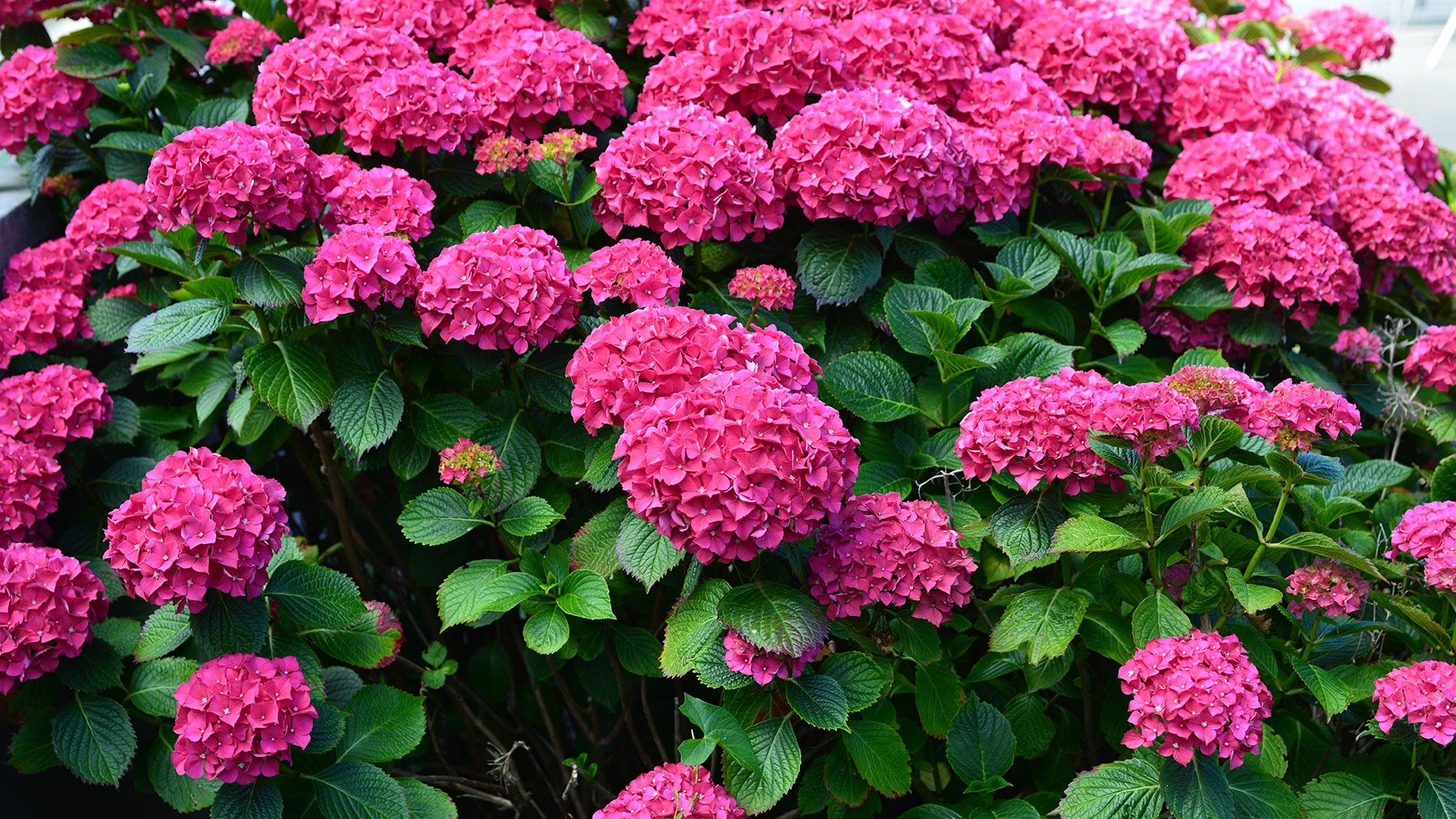
If classic, dense hedging is not your taste, then you might want to go in a completely different direction.
Hydrangeas can create a functional barrier that is vibrant and textured, thanks to the large crowns of fluffy blooms that emerge every year in all kinds of colours. Some species of hydrangea can grow impressively tall, allowing you to create a thick wall of flowers with ease.
For shorter hedging that simply lines a path, other varieties of hydrangea reach around waist height but still offer the same density of foliage and flowers. You can even plant the flowers a few weeks apart to extend the flowering time.
Since hydrangeas bloom on both old and new wood, they don’t require as much pruning as other flowering species, ensuring they are still a low maintenance variety. Ideal conditions include morning sunlight and afternoon shade, with mild temperatures; this plant is best suited to zones 6-9.
As a bonus, you can cut some of the blooms and display them inside as decor.
7. Juniper
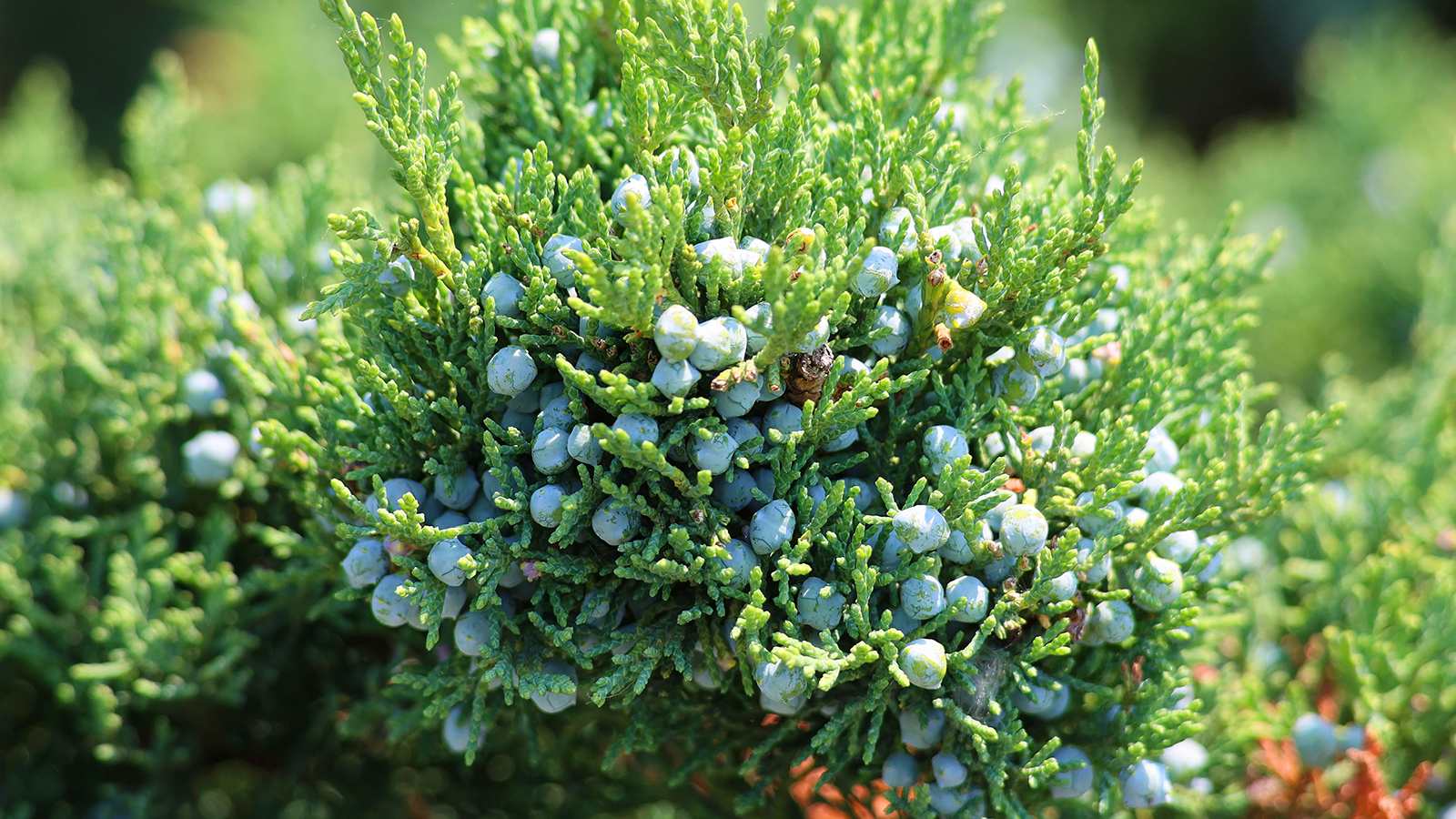
Finally, consider the juniper plant for a fast-growing evergreen hedge whose foliage doesn’t have to come in the classic dark green.
Many varieties of juniper are available, including ones with silvery-blue leaves or pale green foliage. Make sure you’re buying the correct species of juniper, since there are some iterations that grow as ground cover, while others grow upright into tree-like shapes.
All are easily pruned, however, and have dense leaves that form an effective barrier against prying eyes and the wind. In the winter, some varieties will produce bluish berries, which is a great way to introduce some color in a more subtle way than holly’s vivid red fruits.
While juniper can handle both dry or moist soil, it does require full sun to truly thrive.
Helpfully, it can grow well in zones 2 through 9, making it a reliable choice for most gardeners around the country.
More from Tom's Guide
- 7 tell-tale signs that your patio furniture needs replacing
- 7 vegetables to plant now for a tasty summer harvest
- 9 perennial flowers to plant now for blooms year after year

Despite making her home in urban metropolises, Madeleine Streets has been nurturing a green thumb for decades.
Raised by a garden designer, she is putting that childhood education to use by helping others learn how to make their garden bloom, while filling her own New York home with cat-friendly plants.
When not writing about gardening and the outdoors, Madeleine loves to cook, study wine and borrow books from her local library.
You must confirm your public display name before commenting
Please logout and then login again, you will then be prompted to enter your display name.
